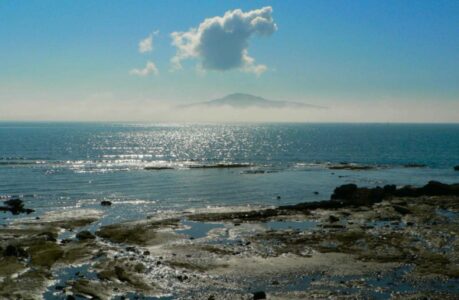
Catch limits and allowances across a range of fisheries will change from October 1 as part of Fisheries New Zealand’s regular sustainability review.
The changes are part of a six-month cycle of catch limit reviews conducted by Fisheries NZ, says director of fisheries management Emma Taylor.
“These reviews are about ensuring long-term sustainability so there are plenty of fish in the water for current and future generations to enjoy.
“Catch limits are adjusted based on the best available science information along with feedback from the community. This tells us what’s happening in our fisheries and helps identify what course of action to take.
“Where there is evidence more fish can be harvested sustainably, we look to increase limits, and this is the case for eight of the stocks reviewed.
“On the other hand, if the information suggests a stock isn’t as healthy, we look at reducing the catch limits to help the fishery recover as we have for two of the stocks reviewed.”
In addition to the catch limit changes, deemed value rates for three stocks have also been reviewed and adjusted.
These are the fees commercial fishers pay for catch that is outside of their Annual Catch Entitlement (ACE).
“The adjustments to deemed value rates have been made to reflect market value and to incentivise commercial fishers to catch within the limits that are set for the year.”
Most of the changes are for commercial catch limits except for kina which has also had an increase to the allowance for customary fishing recognising the significance of kina as a taonga species and local source of kaimoana.
Summary of the changes:
Stocks with catch limit increases
- Kutai/Green-lipped mussel in Waikato, the west coast of Auckland and Northland, and Te Oneroa a Tōhe/Ninety Mile Beach (GLM 9) – increased for the six months to April 2024, then will revert to the current total allowable catch.
- Kina in the east of Northland, Auckland, Hauraki Gulf, and Bay of Plenty (SUR 1A and SUR 1B).
- Tiikati/Gemfish in Northland, Auckland, Bay of Plenty, East Cape, Hawke’s Bay, and the east coast of Wellington (SKI 1 and SKI 2).
- Araara/Trevally in East Cape, Hawke’s Bay, and the east coast of Wellington (TRE 2).
- Kumukumu/Red gurnard in the east coast of the South Island, Chatham Rise, sub-Antarctic, Southland, Rakiura, and Fiordland (GUR 3).
- Silver warehou in the east coast of the South Island (SWA 3).
Stocks with catch limit reductions
- Pūwhara/Monkfish in the West Coast and top of the South Island (STA 7).
- Nihorota/Orange roughy in the Chatham Rise and southern Aotearoa (ORH 3B).
Deemed value adjustments
- Tāmure/Snapper on the west coast of the North Island (SNA 8) – deemed value rate increased.
- Tāmure/Snapper on the West Coast and top of the South Island (SNA 7) – deemed value rate decreased.
- Tupere/School Shark in Southland and sub-Antarctic (SCH 5) – deemed value rate increased.
Public consultation on the proposed changes took please between June and July.
A prohibition on all commercial kina dredging in Tory Channel in the Marlborough sounds will also take effect on October 1.
Proposals to restrict kina dredging in Tory Channel were publicly consulted between January and February as part of Fisheries New Zealand’s April sustainability review.
Fisheries New Zealand provides recommendations to the Minister for Oceans and Fisheries who makes the final decisions.
The advice from Fisheries New Zealand is based on the latest stock assessments, feedback from tangata whenua, recreational and commercial fishing interests, environmental interests, and the public.
“I’d like to thank tangata whenua and everyone who provided feedback during the public consultation,” Taylor says.











